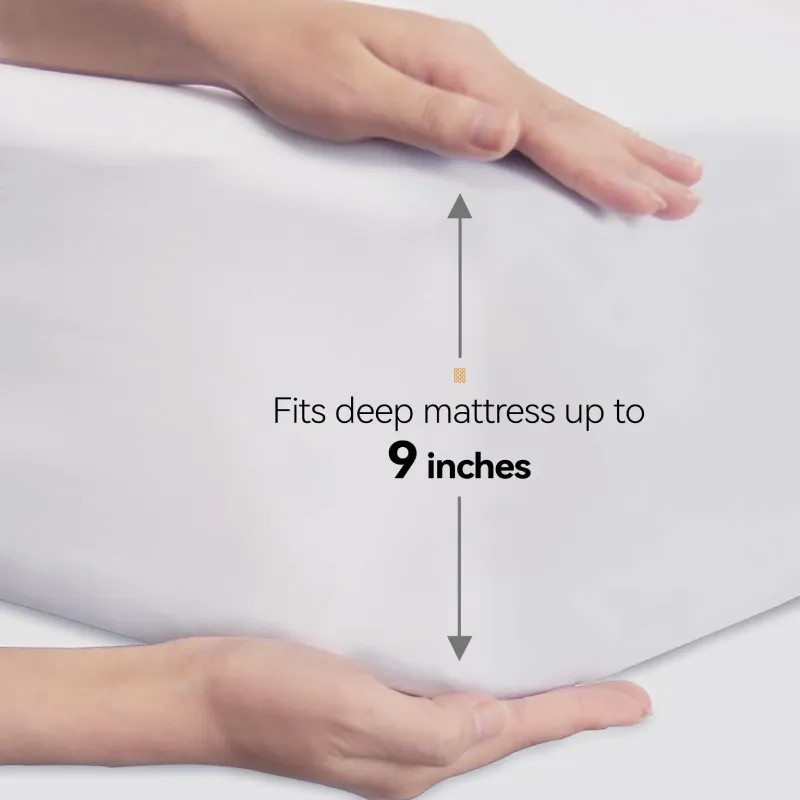...
2025-08-14 06:52
2224

There are many options to consider when choosing the right high quality bedding for your child's crib during the summer. From summer bedding to cot bedding and children's bedding, there are different types of high quality bedding that can provide comfort and support for your little one.